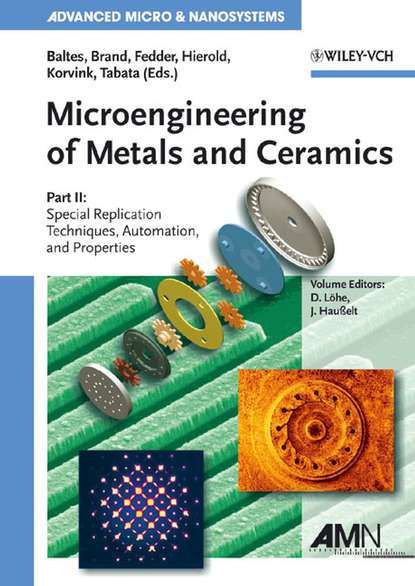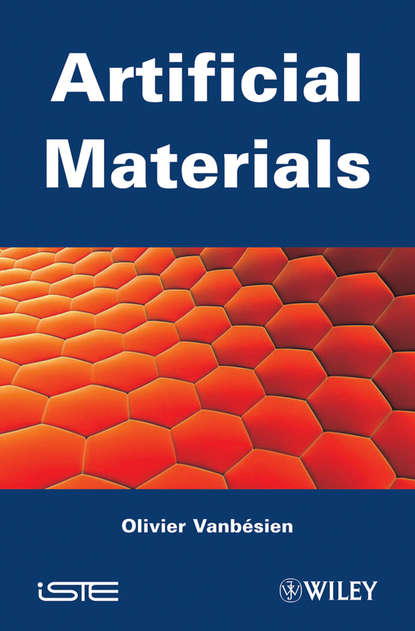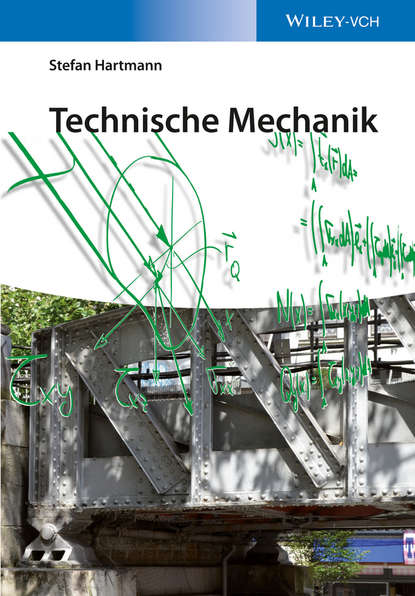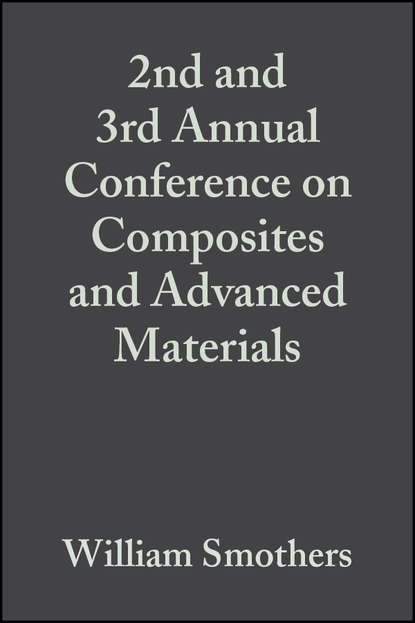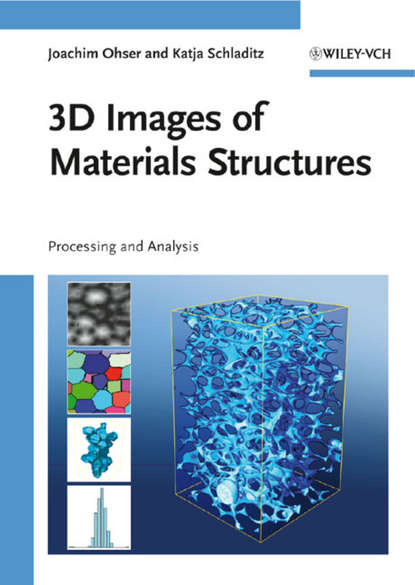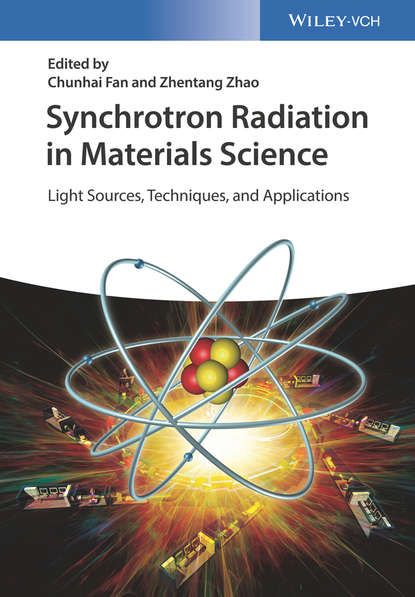Книга “Microengineering of Metals and Ceramics” автора Оливера Брэнда является продолжением предыдущего тома и охватывает все аспекты специализированных методов репликации и использования современных технологий для тестирования и характеристики микромасштабных компонентов. Авторы из трех основных центров компетенции по микроинженерии рассматривают вопросы контроля качества и автоматизации производственных процедур с учетом будущего промышленного производства и коммерциализации. Эта книга будет полезна инженерам, технологам и научным исследователям, которые занимаются разработкой и производством микромасштабных устройств и компонентов, а также тем, кто интересуется развитием нанотехнологий и электроники.
Эту книгу еще не прочитали. Вот описание, которое у меня получилось: Microstructures engineering, electronics technology and nanoscience — these big research fields coalesce as the gap in scale narrows and various materials blend. The current research, technological triumphs and commercially launched products suggest the huge prospective capacities and probable applications that may arise once human beings control the form and features at the atomic level and the visible realm without any breaks. Proceeding from the former volume, author from three large competence centers for microarchitecting present and consider all facets of specialized dupli-casting techniques and ways of using cutting-edge technologies for some kind of inspection and characterization of microchannel parts, and also illustrate control over quality and procedures for the automation of manufacturing activities in anticipation of prospective industrial manufacturing and commercial launch.
Электронная Книга «Microengineering of Metals and Ceramics, Part II» написана автором Oliver Brand в году.
Минимальный возраст читателя: 0
Язык: Английский
ISBN: 9783527616954
Описание книги от Oliver Brand
Microstructures, electronics, nanotechnology – these vast fields of research are growing together as the size gap narrows and many different materials are combined. Current research, engineering sucesses and newly commercialized products hint at the immense innovative potentials and future applications that open up once mankind controls shape and function from the atomic level right up to the visible world without any gaps. Continuing from the previous volume, authors from three major competence centres for microengineering here cover all aspects of specialized replication techniques and how to employ state-of-the-art technologies for testing and characterizing micro-scale components, and illustrate quality control aspects and strategies for automation of production procedures in view of future industrial production and commercialisation.
